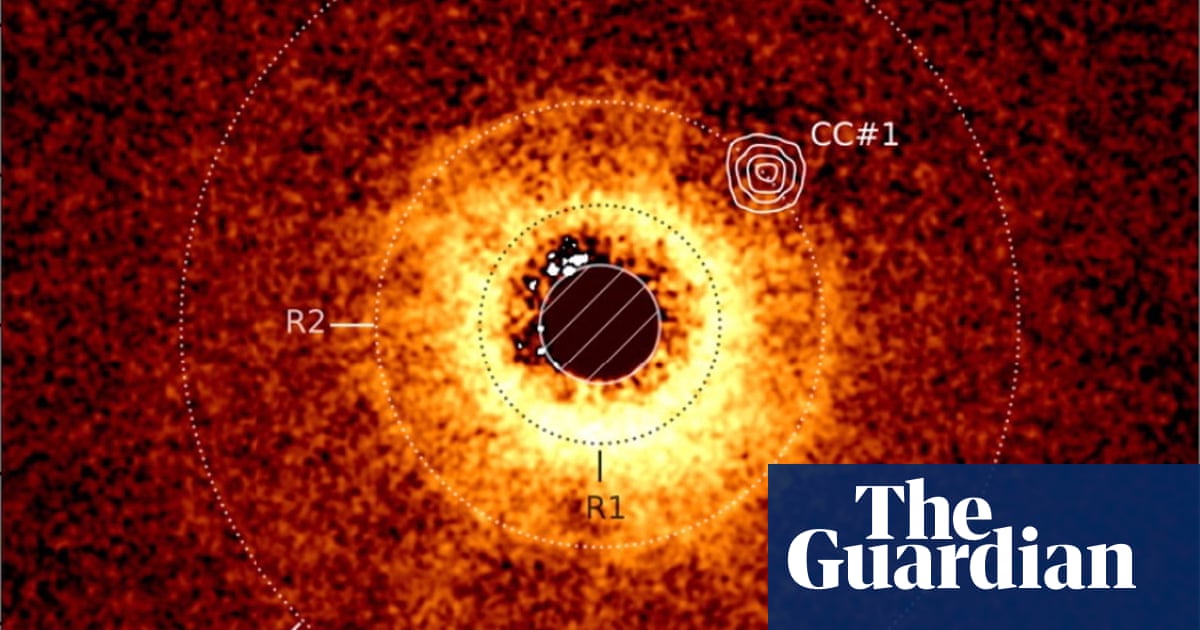The James Webb Space Telescope (JWST) has just made an exciting breakthrough. It has captured direct images of an exoplanet called TWA 7b, located about 110 light years away from Earth. This marks an important moment in space exploration.
TWA 7b is about the size of Saturn, making it the lightest exoplanet ever seen directly through a telescope. The planet lies within a bright disk of dust and debris that orbits its star. Dr. Anne-Marie Lagrange, an astrophysicist at the Paris Observatory, led this discovery. She noted that this star system is young, only about 6 million years old, which provides a unique view into its early formation.
Since the first exoplanet was identified in 1992, nearly 6,000 more have been found. However, most were detected indirectly, by observing the dimming of stars as planets pass in front of them. Imaging exoplanets directly is much tougher because they are often lost in the glare of their bright stars.
To tackle this challenge, Lagrange and her team created a special telescopic attachment that simulates an eclipse, blocking the star’s light. This technique allowed them to look down on TWA 7b within its surrounding material, giving them clear images of the planet itself.
The observations revealed three rings of dust around TWA 7, which hint at the presence of other unseen planets affecting the structure. These rings help scientists understand how planets form and change over time. TWA 7b, sitting about 50 times farther from its star than Earth is from the Sun, takes several hundred years to complete one orbit.
This discovery is particularly special because it opens a new chapter in exoplanet studies, showing that JWST can capture images of young planetary systems.
In a world where space exploration is rapidly advancing, this discovery emphasizes how much we still have to learn. As researchers continue to study exoplanets, they may uncover more secrets about our universe and its beginnings. The findings are documented in the journal Nature, further solidifying the importance of this telescope in modern astronomy.
For those interested in the latest in astronomy, you can check out more findings from the Nature journal here.












:max_bytes(150000):strip_icc():focal(821x561:823x563)/Kylie-Jenner-Jesus-Guerrero-IG-022425-tout-2c8ad9771113487f9f1e4bbaf97cba0c.jpg?w=480&resize=480,480&ssl=1)









